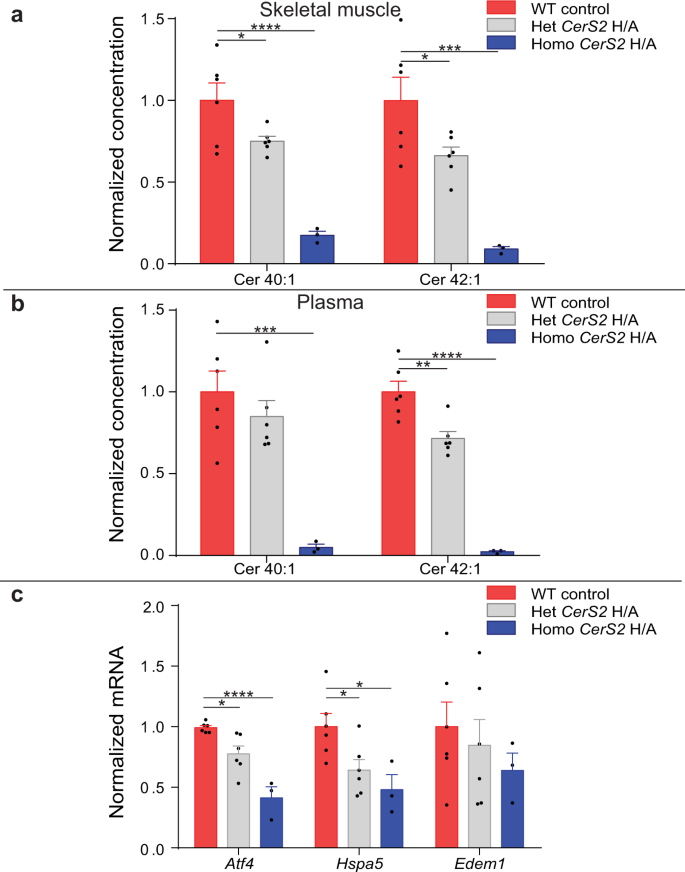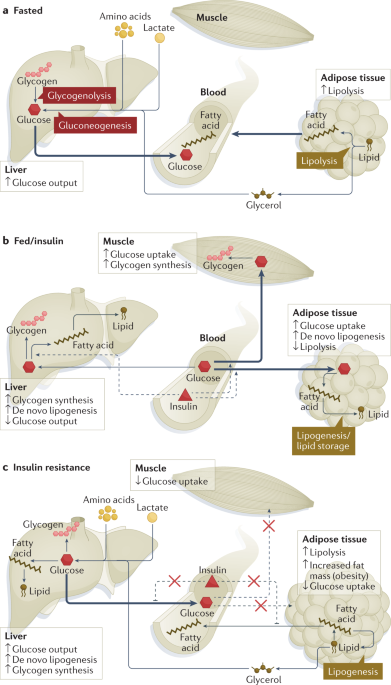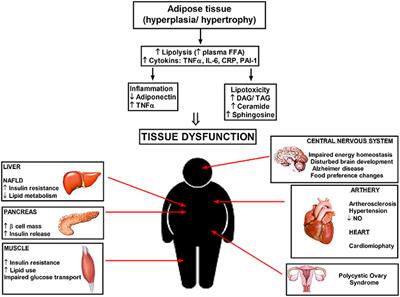
Sphingolipids produced by gut bacteria enter host metabolic pathways impacting ceramide levels | Nature Communications
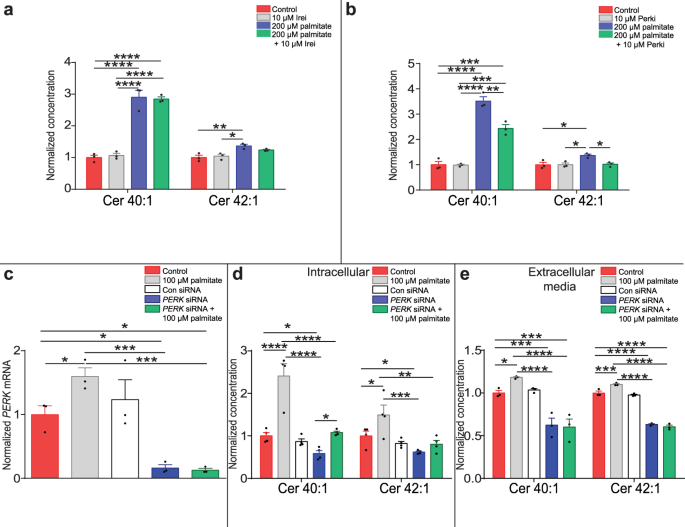
Long-chain ceramides are cell non-autonomous signals linking lipotoxicity to endoplasmic reticulum stress in skeletal muscle | Nature Communications

Distinct mechanisms involving diacylglycerol, ceramides, and inflammation underlie insulin resistance in oxidative and glycolytic muscles from high fat-fed rats | Scientific Reports

AdipoR agonist increases insulin sensitivity and exercise endurance in AdipoR-humanized mice | Communications Biology
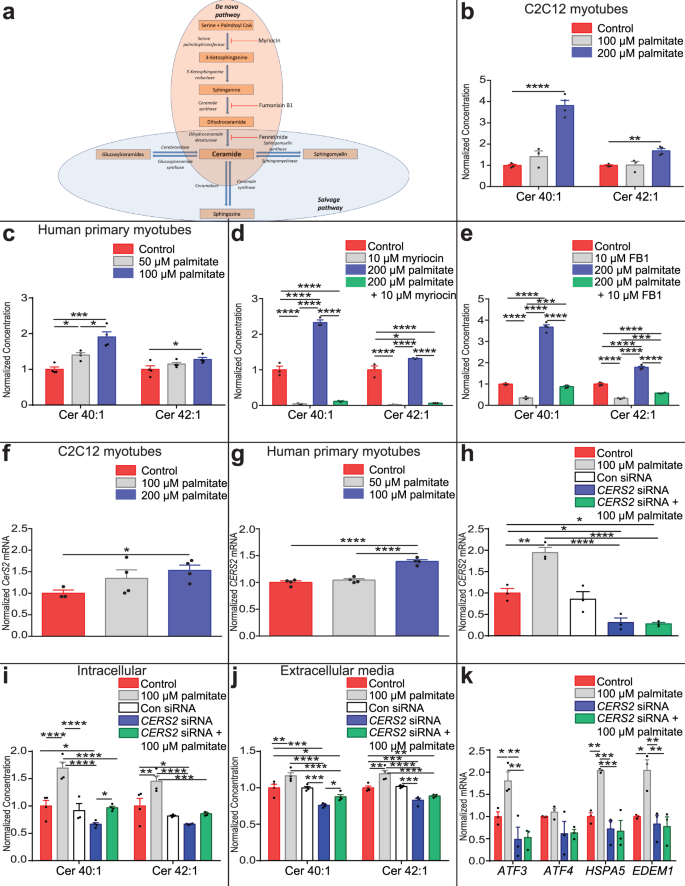
Long-chain ceramides are cell non-autonomous signals linking lipotoxicity to endoplasmic reticulum stress in skeletal muscle | Nature Communications

Dihydroceramide- and ceramide-profiling provides insights into human cardiometabolic disease etiology | Nature Communications
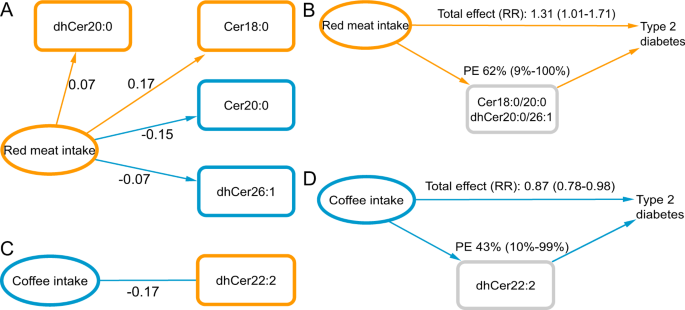
Dihydroceramide- and ceramide-profiling provides insights into human cardiometabolic disease etiology | Nature Communications
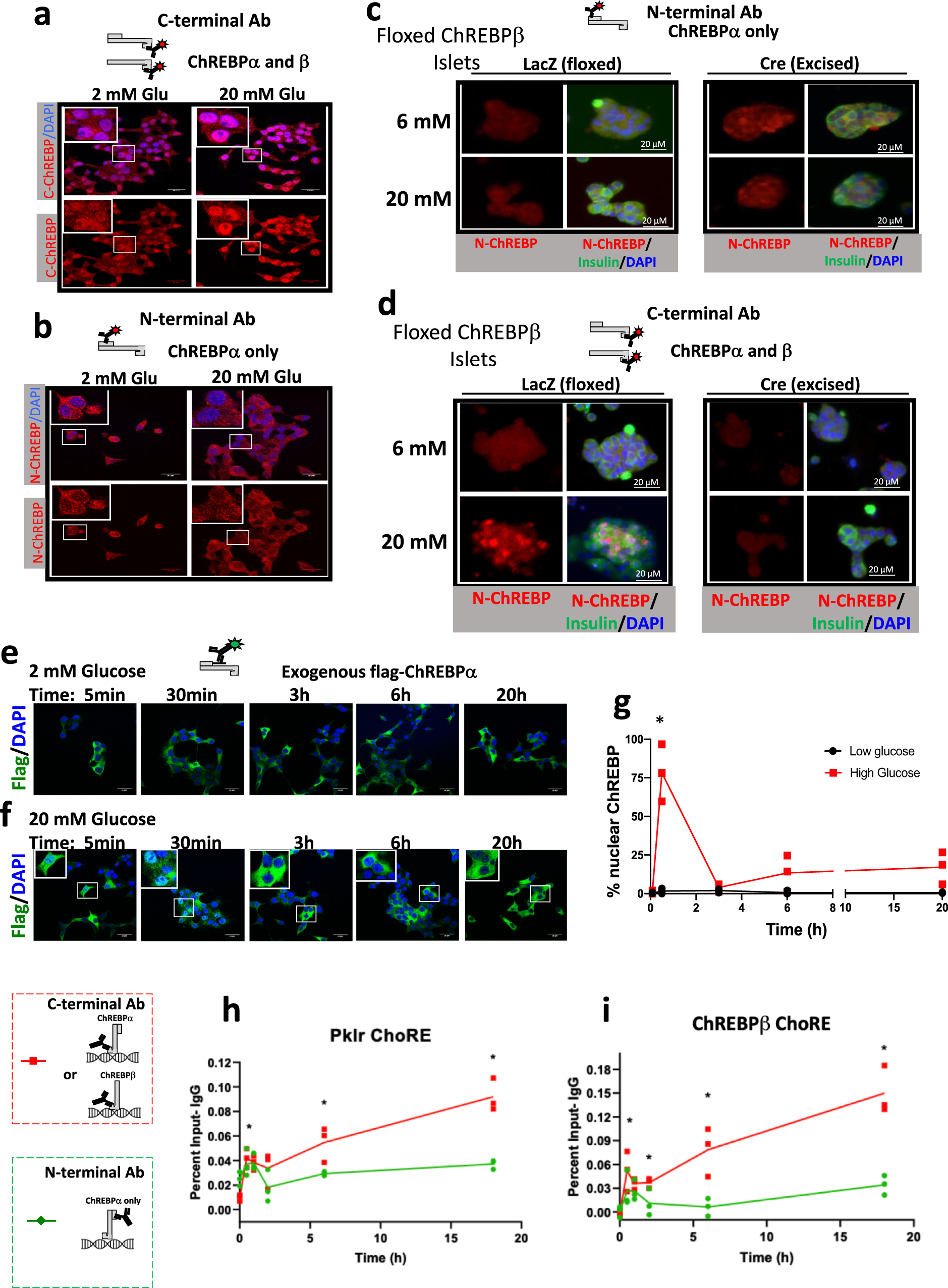
Maladaptive positive feedback production of ChREBPβ underlies glucotoxic β-cell failure | Nature Communications

The role of ceramides in metabolic disorders: when size and localization matters | Nature Reviews Endocrinology
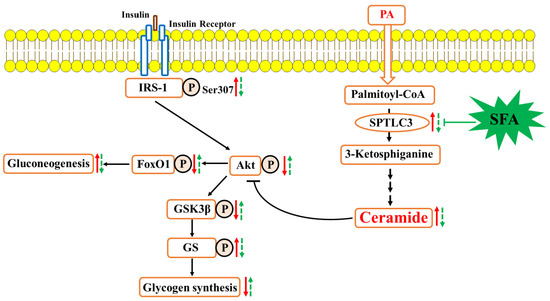
Nutrients | Free Full-Text | Sulforaphane Prevents Hepatic Insulin Resistance by Blocking Serine Palmitoyltransferase 3-Mediated Ceramide Biosynthesis
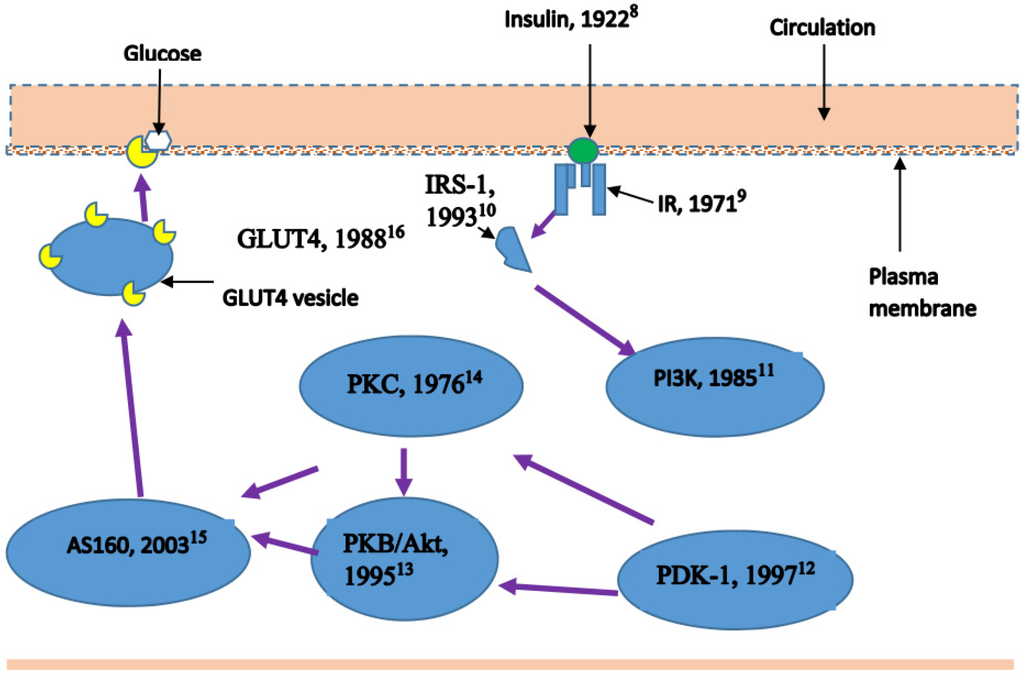
Nutrients | Free Full-Text | Lipid-Induced Insulin Resistance in Skeletal Muscle: The Chase for the Culprit Goes from Total Intramuscular Fat to Lipid Intermediates, and Finally to Species of Lipid Intermediates

Ceramides are early responders in metabolic syndrome development in rhesus monkeys | Scientific Reports
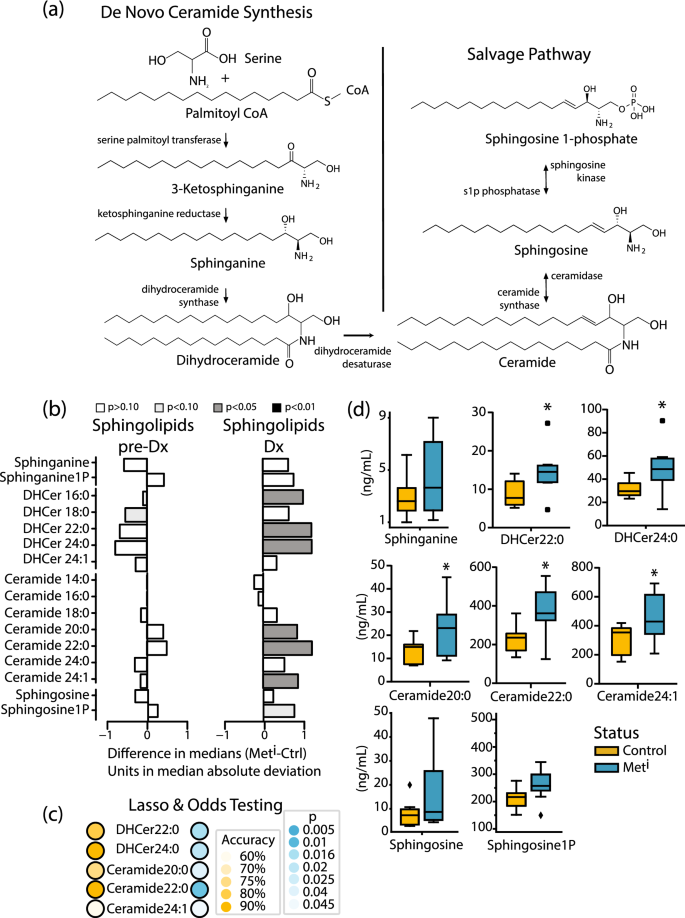
Ceramides are early responders in metabolic syndrome development in rhesus monkeys | Scientific Reports

Mechanisms of muscle insulin resistance and the cross‐talk with liver and adipose tissue - Silva Rosa - 2020 - Physiological Reports - Wiley Online Library
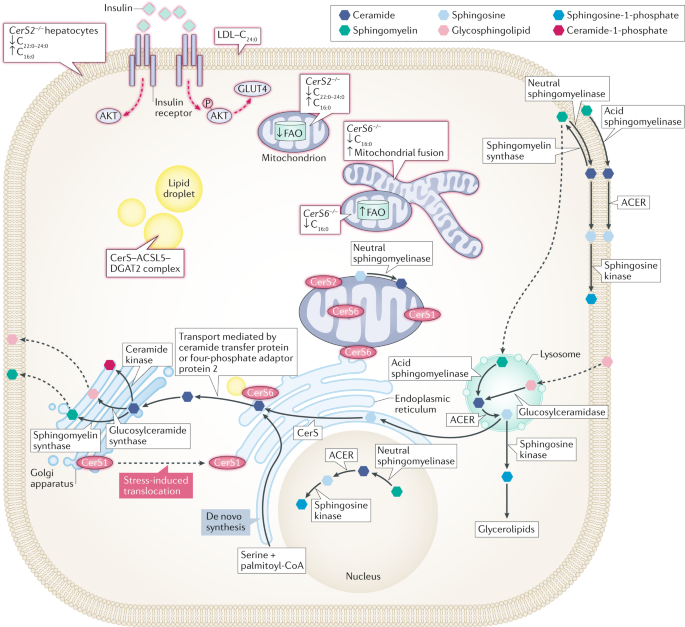
The role of ceramides in metabolic disorders: when size and localization matters | Nature Reviews Endocrinology

A selective inhibitor of ceramide synthase 1 reveals a novel role in fat metabolism | Nature Communications

Beta-cell specific Insr deletion promotes insulin hypersecretion and improves glucose tolerance prior to global insulin resistance | Nature Communications
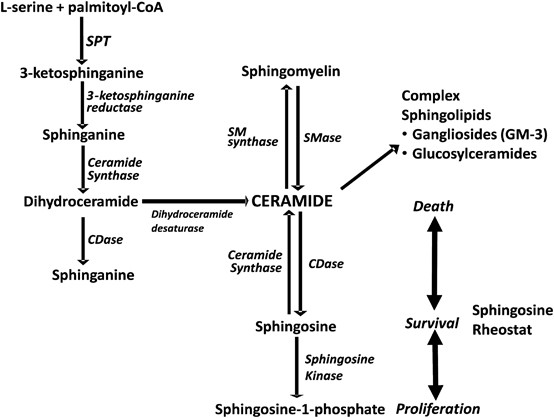
Plasma sphingolipids are biomarkers of metabolic syndrome in non-human primates maintained on a Western-style diet | International Journal of Obesity
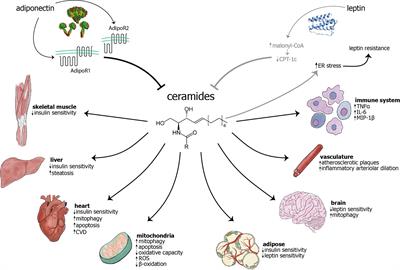
Frontiers | The Role of Ceramides in Diabetes and Cardiovascular Disease Regulation of Ceramides by Adipokines
